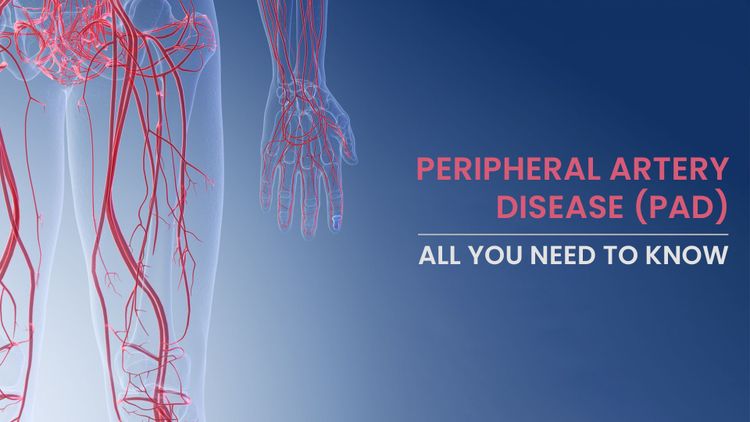Angioplasty and Stenting
In many cases, interventional radiologists can open blocked or narrowed blood vessels caused by peripheral arterial disease or other conditions. For example, in some patients, high blood pressure is caused by blockage in the artery to the kidney, a condition known as renal vascular hypertension. Interventional radiologists can often treat blocked blood vessals without surgery. In most cases, hospitalization and general anesthesia are not required. There is no surgical incision –just a small nick in the skin — and no stitches are needed. Often, patients may return to normal activity shortly after the procedure.
Inventors of Angioplasty and Stenting
As the inventors of angioplasty and the catheter-delivered stent, which were first used in the legs to treat peripheral arterial disease, interventional radiologists pioneered minimally invasive modern medicine.
Angioplasty and Stenting Definition
In this technique, the interventional radiologist inserts a very small balloon attached to a thin catheter into a blood vessel through a small nick in the skin. The catheter is threaded under X-ray guidance to the site of the blocked artery. The balloon is inflated to open the artery. Sometimes, a small metal scaffold, called a stent, is inserted to keep the blood vessel open.
Balloon
Balloon angioplasty and stenting have generally replaced open surgery as the first-line treatment because randomized trials have shown interventional therapy to be as effective as surgery for many arterial occlusions. In the past seven to ten years, a very large clinical experience in centers around the world has shown that stenting and angioplasty are preferred as a first-line treatment for more and more processes throughout the body.
Thrombolytic Therapy
This treatment is used if the blockage in an artery is caused by a blood clot. Thrombolytic drugs that dissolve clots are injected through a catheter to eliminate the clot and restore blood flow.
Smoking and Vascular Disease
Although most people are well aware of the risk of cancer from smoking, few people realize the damage smoking causes throughout the body’s vascular system. Smoking damages the blood vessels and smokers are at risk for all vascular diseases including peripheral arterial disease, stroke, heart attack, abdominal aortic aneurysm and subsequent death.
Atherosclerosis – Hardening of the Arteries
Atherosclerosis, or “hardening of the arteries,” occurs when cholesterol and scar tissue build up, forming a substance called plaque inside the arteries that narrows and clogs the arteries, causing decreased blood flow. Because atherosclerosis is a systemic disease, people are likely to have blocked arteries in multiple areas of the body. These people are at increased risk for heart disease, aortic aneurysm, peripheral arterial disease, stroke, renal hypertension and kidney failure.
Interventional Radiologists are Vascular Disease Experts
Interventional radiology is a recognized medical specialty by the American Board of Medical Specialties. Interventional radiologists are board-certified physicians with extensive training in vascular disease diagnosis, management and treatment. Their board certification includes both Vascular and Interventional Radiology and Diagnostic Radiology which are administered by the American Board of Radiology. This training marries state-of-the-art imaging and diagnostic expertise, coupled with clinical experience across all specialties and in-depth knowledge of the least invasive treatments.

